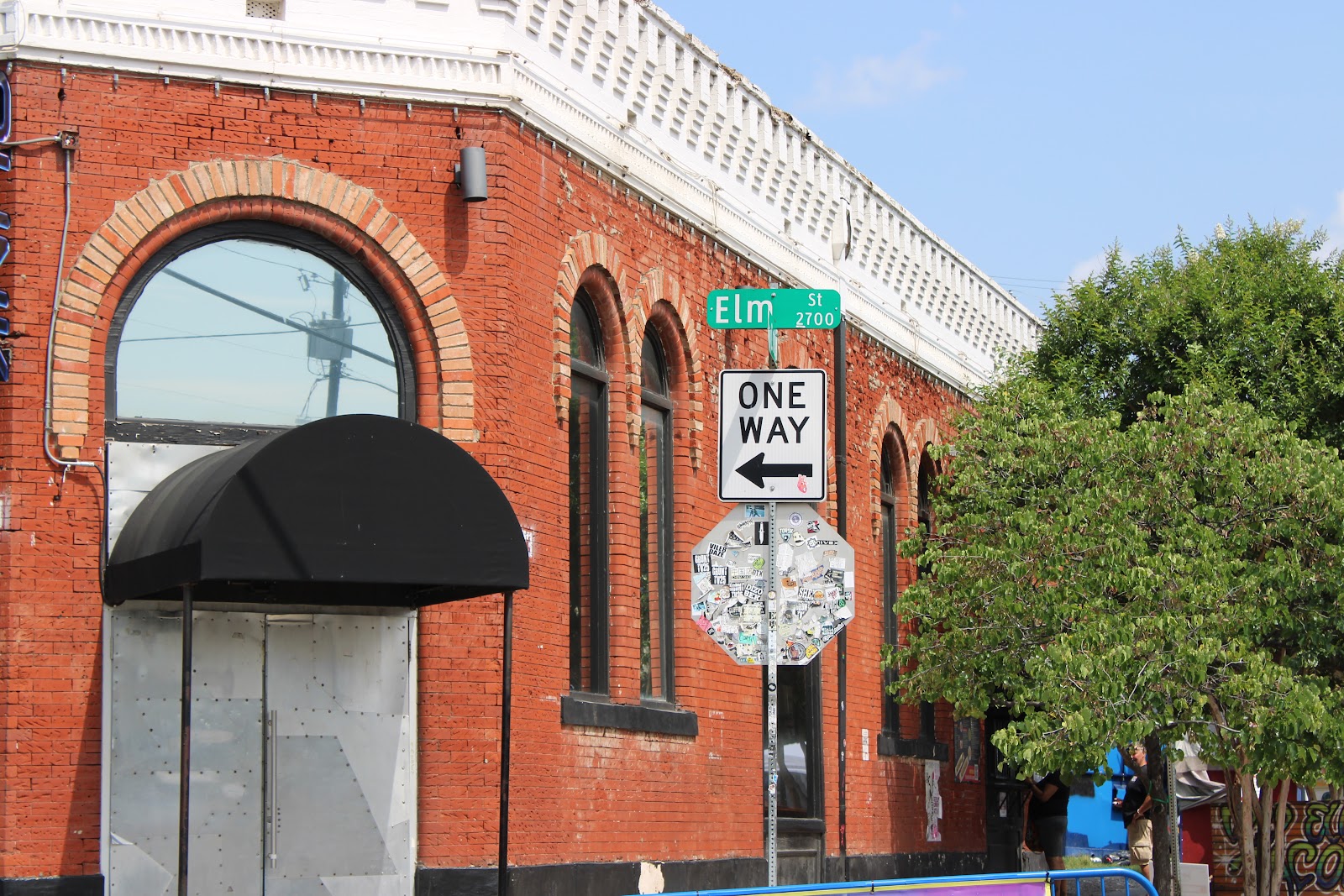Yes, it is a parrot. There are many stories floating abound including one I started just to see how many times it would come back to me. Surprisingly, I stopped counting at 42 times.
They are an amazing bird. I fell in favor of their breed when I was in Brazil where parrots come in small to extra large. Parrots in Brazil seemed to me to be like our English sparrow only much more colorful and more grace as they are larger in size. They were everywhere. It was mind-adjusting to see the parks loaded with them. So, after seeing them spread here in the Dallas area, it got me more interesting in the "real" story about the amazing little bird that builds 400-pound nest condos where as many as 20-mated pairs live, usually on top of cell towers or power line rigs. If you have ever seen there nest, it is a quirk in nature that such a small bird can out do even an eagle. But, they are native to South America. Not blown in by a Hurricane or migrated here for better food lots. Which was the initial concern to the Department of Agriculture. As it turned out, they have no interest in crops. Rather, surprisingly, the threat of them took the utility companies by surprise. They like the coating on cables and of course, the massive nest building efforts. One utility worker say they spent the morning cleaning out the nest in a power station only to discover after lunch that the little birds had already started rebuilding. They can cause power outages in some rare situation. Managing the nest seem to be the best solution rather than cleaning out the nest altogether.
Another interesting fact is that they are an invasive species. Originally, they were introduced into the US as an exotic pet. Personally, the only pace we should be able to see exotic pets is in a zoo, or in pictures taken in their native country. Better yet, spend those miles and fly to the native country for a short trip. They were introduced into the states in the early 60s as a dime-store pet. And sold as parakeets because of the exotic pet classification. Finally, in 1992 ,importation was banned. However, some individual states tolerate sale and breeding yet today. I can remember the old Woolworth five and dime, the father of K-Mart sold them in the back corner of the stores with gerbils and fish. All the kids knew were to go in the store. Mom's tried to get them out of there with sometimes having to give in and buy the cage and the bird, or settle for a goldfish or/and the cheaper cage, a glass bowl that would hold about a gallon and a half of water was a good second choice for most. And, yet, they even sold the little boxes of fish food. The had every base covered.
To finish up the bird story, They have an amazing range of temperatures. So does Brazil. Any way, in the states here, colonies can be found in US states: CA,CT,FL,IL,KT,MA,NJ,NY,OH,RI, TX,WA. A total, that's 12 of the 50 states. In Dallas, I know of two colonies that are larger than 20 birds. One is, of course, White Rock Lake. The second one is at the Ron Kirk Bridge near Trinity Groves, just west of downtown.
One thing I notice about the large colonies is that you can hear them in the distance long before you can spot one. They are friendly to some as they have a life cycle of 20-30 years and get to where they recognize peoples patterns. I did notice last fall before my hospital tenure, that there were several baby birds looking out of the bottom of the nest opening. They can lay and hatch up to twenty eggs in 24 days. The colony count must be much larger today. I have not been able to get the lake to take a photo count WOW and another WOW. (As seen in the header picture, You might have to enlarge a bit, but when you do you can see the birds head turned with that eye on you and even has his left claws raised as if he is waving). Yes, when I am around them, I do talk to them and they do stop to listen after they got to where they recognize my pattern with the camera or how I never run up on them where they fly off. I have some that do take to the trees but hold the territory and once in a while if the pickings are good in the reed beds, they will even stay attached to the stalks of the reeds, eat and then look up, then go back to eating. Smart little birds to say the least.
Thanks to the Texas State University System and the Texas Invasive Species Institute for help in proving accurate info. I also learned, that they track the drought resistant Buffalo Grass which is invasive and will kill out grass and native species in a heart beat if left uncontrolled. I just saw the Garland Library replant a corner in Buffalo Grass. Now, I'll keep an eye on that.
Ref:
Myiopsitta Mpnachus Monk Parrot
Class:Aves
Order:Psittaciformes
Family: Psittacidae





No comments:
Post a Comment